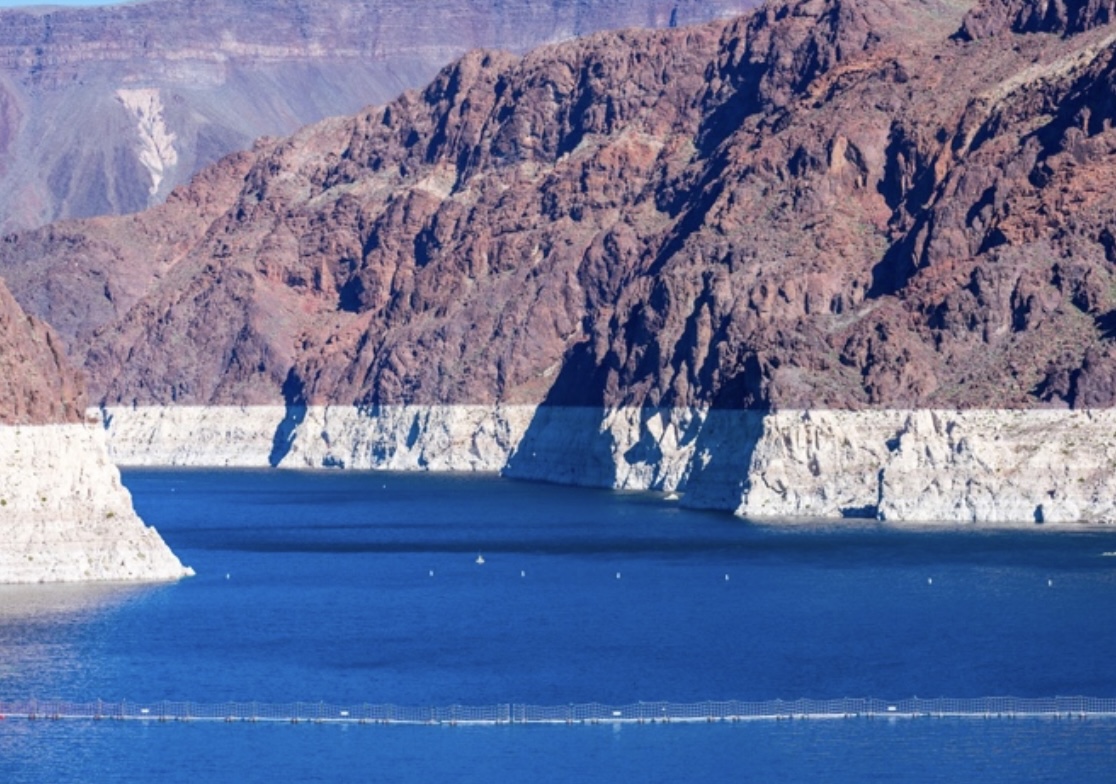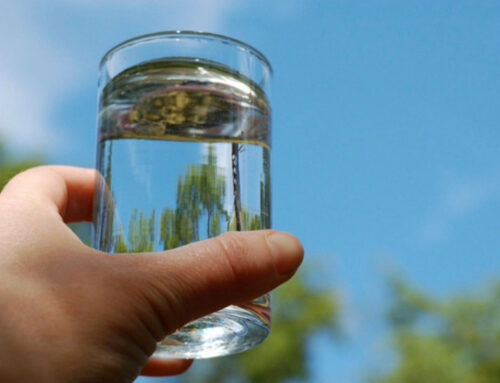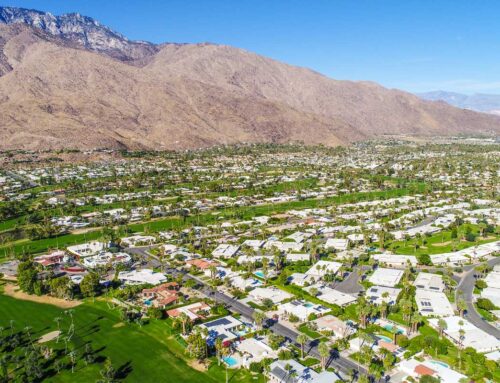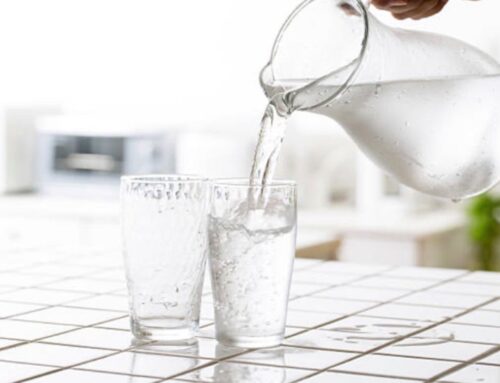On August 11, 2022, Governor Newsom announced California’s Water Supply Strategy.
The strategy is based on four key elements intended to stabilize and conserve water for all Californians including urban, suburban and agricultural areas. The four elements broken down in the strategy are to Capture, Recycle, Conserve and Desalinate:
CAPTURE
- Incentivize and streamline permitting process for over 340 recharge projects statewide that aim to create storage for up to 4 million acre-feet of water. This will allow us to capitalize on big storms when they do occur and store water for dry periods. This strategy includes integrating underground storage tanks in residential development planning, expanding existing reservoirs, and dam rehabilitation to maximize their safe capacities.
RECYCLE
- While not all water can be recycled, the State Water Board has actively invested $1.8B in upgrading recycling capabilities over the last five years. In 2023, the State Water Board will make recycling more efficient by establishing direct reuse regulations allowing suppliers to distribute recycled water without first putting it into a reservoir or aquifer. The State’s goal of recycling and reusing at least 800,000 acre-feet of water annually by 2030 will strengthen the water resilience of communities throughout California.
CONSERVE
- Every Californian has an opportunity and an obligation to help conserve our most precious resource for generations to come. The State Water Board aims to free up 500,000 acre-feet of water through a variety of user-level conservation efforts as well as through infrastructure repair. These conservation efforts include grant programs subsidizing removal of grass in favor of drought tolerant landscaping, providing assistance to align users actual use with efficient use, rehabilitating irrigation systems to make them more efficient, and repairing several canals damaged due to ground subsidence.
DESALINATE
- As a coastal state, California intends to tap the ocean in innovative and environmentally conscious ways. The State currently has 14 active seawater desalination plants producing 89,000-acre feet, we aim to increase this production 30% by 2030 and double it by 2040. Enhancing our ability to treat both brackish groundwater sources and ocean water is both a strategic means of water source diversification and will be critical to building water resilience as our climate trends towards hotter and drier conditions.
Learn more about California’s Water Supply Strategy and keep up with the state’s drought updates by reading the State Water Board’s full report by visiting:
- https://www.waterboards.ca.gov/drought/
- https://www.gov.ca.gov/2022/08/11/governor-newsom-announces-water-strategy-for-a-hotter-drier-california/
*An acre foot of water equals about 326,000 gallons, which can typically meet the annual indoor and outdoor needs of one to two average households.






